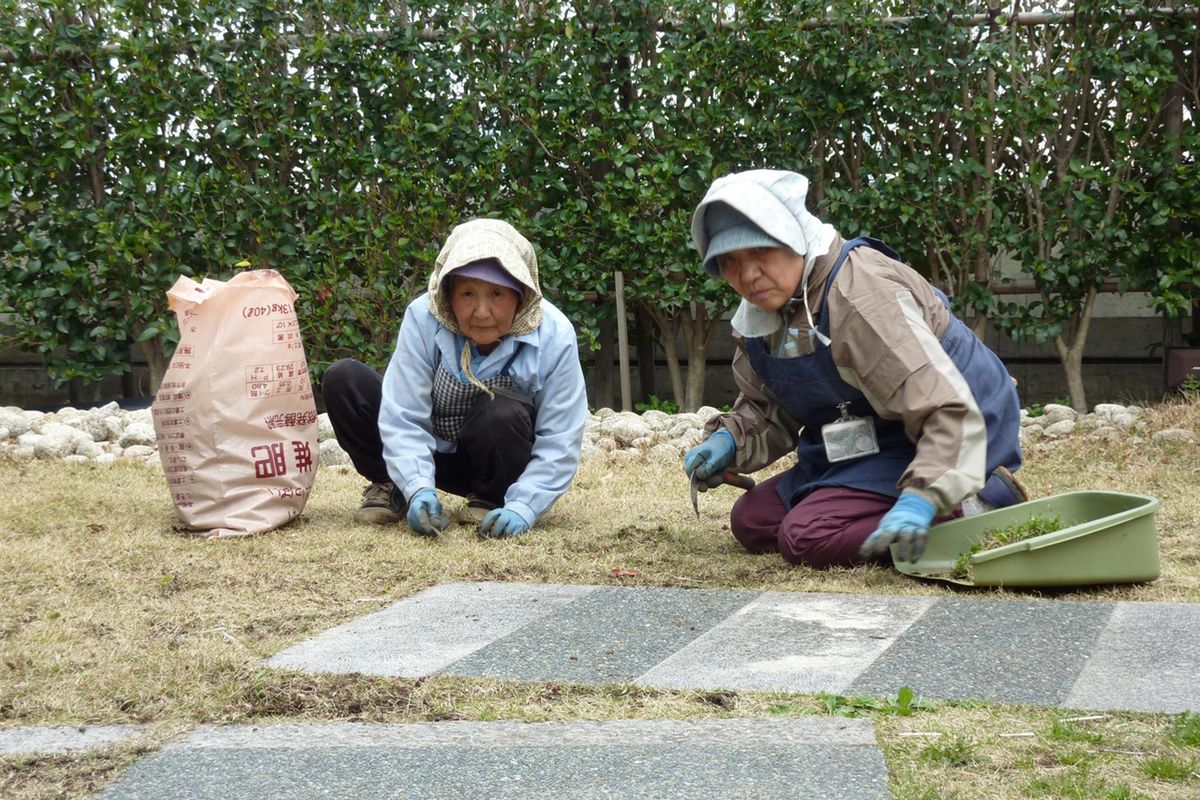Tokyo aims for title of eco-friendliest

TOKYO – On a man-made island in Tokyo Bay, garbage is getting a makeover.
Tons of waste are trucked here daily to a large industrial building. What can’t be recycled is burned and filtered for toxins. The ash is turned into building material, and the heat is converted into electricity – enough to power 55,000 homes.
The process saves landfill space. Air pollution is minimal. The 4-year-old firm, Tokyo Waterfront Recycle Power Co., will turn its first profit this year, said President Ikuo Onaka. But, he contends, the rewards aren’t purely financial.
“We’re making a social contribution,” said Onaka, whose business is one of nine firms operating on Tokyo’s waterfront to reuse the city’s garbage instead of burying it.
These private-sector companies are part of a very public push by Tokyo’s metropolitan government to turn this dense urban area, home to 13 million people, into the world’s most eco-friendly mega-city.
In addition to reducing solid waste, Tokyo over the last few years has unveiled a slew of environmentally conscious initiatives. Those include toughened environmental building standards, cash incentives for residents to install solar panels, and a plan for greening the city, including planting half a million trees and converting a 217-acre landfill in Tokyo Bay into a wooded “sea forest” park.
Last month Tokyo kicked off its most ambitious effort yet: a mandatory program for 1,400 of the area’s factories and office buildings to cut their carbon emissions 25 percent from 2000 levels by the end of 2020. The plan includes a carbon cap-and-trade system, the first attempted by a metropolitan area. The mechanism sets limits on emissions and requires those who exceed their quotas to buy pollution rights from those who are under their caps.
“We recognize our role as big mega-city … to be a leader,” said Teruyuki Ohno, director general for climate strategy for Tokyo’s Bureau of the Environment. “It is because we are capable of doing it that we have the responsibility to do it.”
Some say Tokyo doesn’t have a choice. Endowed with few natural resources, Japan has long been a champion in energy efficiency and clean technology. But the nation is falling short on a commitment to cut greenhouse gases, which it made more than a decade ago, when it hosted the United Nations convention on climate change in Kyoto.
Japan’s federal legislators so far have failed to agree on a cohesive national strategy. Now some local officials, including Tokyo’s maverick governor, Shintaro Ishihara, are taking up the slack.
Ishihara, best known in the U.S. as the author of the controversial book “The Japan That Can Say No,” is a conservative with a green streak. His administration banned older diesel trucks from the city’s roads and led Tokyo’s failed effort to win the 2016 Olympics with a pledge to make the city’s Games the most environmentally friendly ever.
While some businesses have grumbled about his administration’s new carbon-cutting plan, others see it as an opportunity.
Masahiro Takeda, manager of sustainability for Mori Building Co., one of Tokyo’s largest commercial developers, said demand is rising for buildings that save energy and lower tenants’ operating costs. Large-scale recycling, greenery, rainwater reuse and waste heat recapture have become standard features in Mori developments.
At Roppongi Hills, a major shopping and office complex built by Mori in the heart of Tokyo, more than one-quarter of the 21-acre site is covered with trees and shrubs – including a rooftop rice paddy. The plants absorb carbon dioxide and lower roof temperatures, which in turn cuts heating and cooling bills.
Neighborhoods, too, are pushing for landscaping, to comply with Tokyo regulations enacted in 2001 requiring all new, large commercial buildings to devote at least 20 percent of their surface area to greenery.
Tokyo rooftops are also sprouting solar panels. To spur adoption of photovoltaics, the metropolitan government offers its homeowners a subsidy of about $1,070 per kilowatt. That comes on top of the federal subsidy of about $750 per kilowatt. The metropolitan government is also offering solar incentives to businesses.